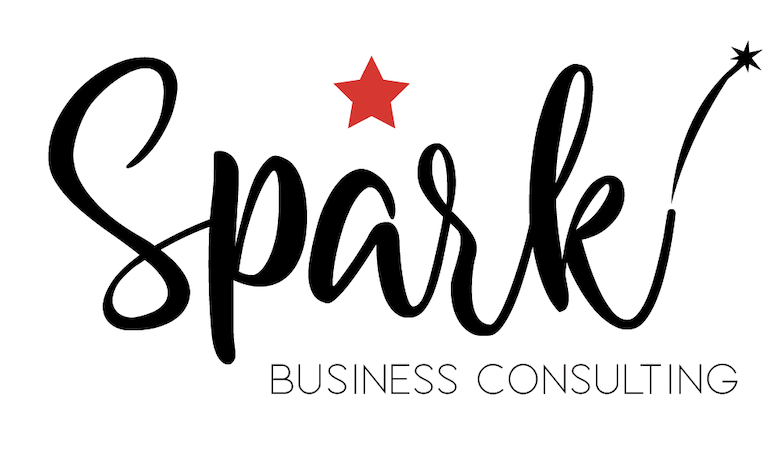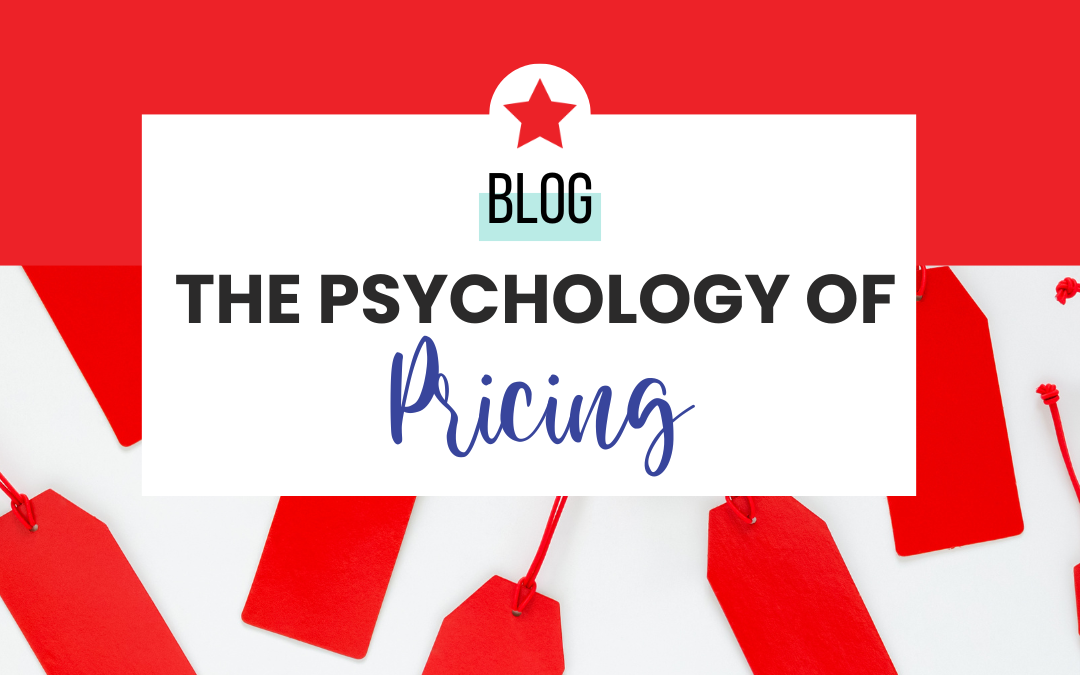In the dynamic landscape of business, where strategies are constantly evolving, pricing stands as one of the most crucial elements determining success or failure. Yet, setting the right price isn’t merely about covering costs and making a profit; it’s a subtle interplay of human psychology and market dynamics. Understanding the nuances of consumer behavior can be a game-changer for small businesses aiming to maximize their profitability. Welcome to the world of behavioral economics, where pricing becomes both an art and a science.
Decoding the Behavioral Economics Puzzle
Pricing strategies are more than just numbers on a tag. They are the gateway to understanding consumer preferences, perceptions, and decision-making processes. Behavioral economics sheds light on why people make certain choices and how they perceive value. By incorporating these insights into your pricing strategy, you can not only boost sales but also foster customer loyalty and brand advocacy.
Anchoring Your Prices
Ever wondered why certain prices end with “9” or “99”? It’s not just a coincidence; it’s a well-established psychological phenomenon called “anchoring.” People tend to rely heavily on the first piece of information they receive when making decisions. By setting a higher initial price (anchor) and then offering discounts or promotions, you can create the perception of value and prompt customers to make a purchase they might otherwise hesitate to make.
The Power of Context
Context plays a pivotal role in shaping consumer behavior. Whether it’s the environment in which a product is showcased or the way prices are presented, small tweaks can yield significant results. For instance, framing a price as a monthly subscription fee rather than a lump sum can make it seem more affordable and encourage recurring purchases. Similarly, highlighting the benefits of a premium product in comparison to a standard one can justify a higher price point.
Overcoming Decision Paralysis
In an era of abundance, consumers are bombarded with choices at every turn. This paradox of choice often leads to decision paralysis, where individuals struggle to make a decision due to overwhelming options. As a small business, simplifying the decision-making process for your customers can be a competitive advantage. Offering limited options or guiding them towards a recommended choice can alleviate decision anxiety and drive conversions.
Harnessing the Power of Social Proof
Humans are inherently social creatures, prone to influence from others in their social circle. Leveraging social proof, such as customer testimonials, reviews, or endorsements, can instill trust and confidence in your offerings. When customers see others vouching for your product or service, they are more likely to perceive it as valuable and worthy of their investment, even if it comes at a higher price point.
Embracing Dynamic Pricing
Gone are the days of fixed pricing models. In today’s fast-paced world, dynamic pricing allows businesses to adapt to changing market conditions and consumer behavior in real-time. By utilizing data analytics and algorithms, you can optimize prices based on factors like demand, seasonality, and competitor pricing. This agility not only maximizes revenue but also ensures that your pricing remains competitive and relevant in an ever-evolving marketplace.
Pricing with Purpose
In the realm of small business, every pricing decision holds the potential to shape the trajectory of your enterprise. By delving into the intricacies of behavioral economics, you can unlock new avenues for growth and profitability. At Spark, we’re passionate about helping businesses harness the power of pricing psychology to achieve their goals. Together, let’s decode the mysteries of consumer behavior and pave the way for sustainable success in the marketplace.



